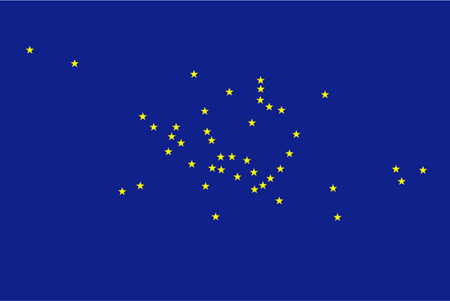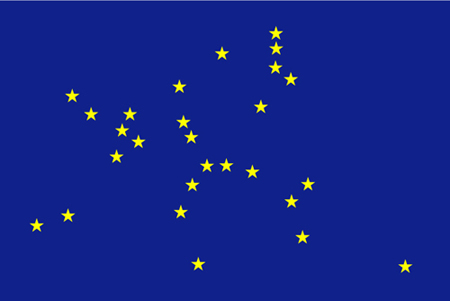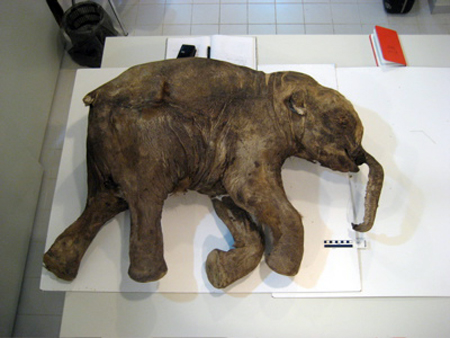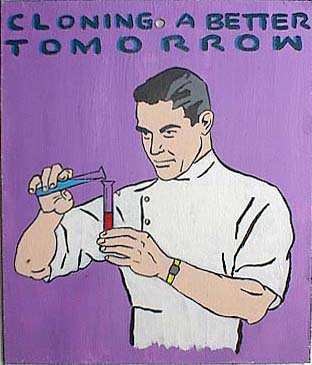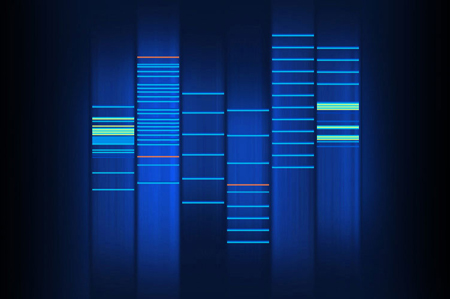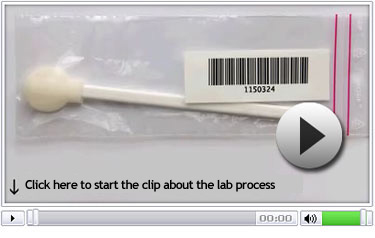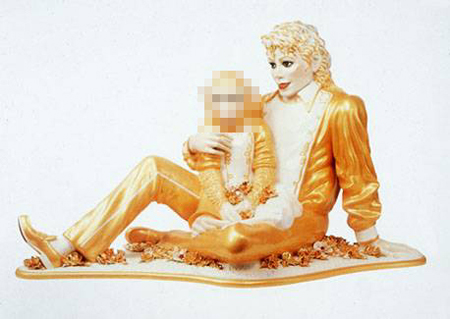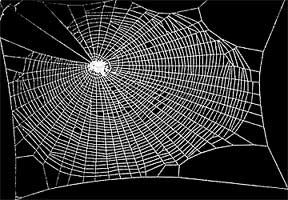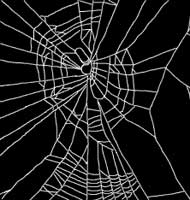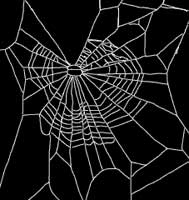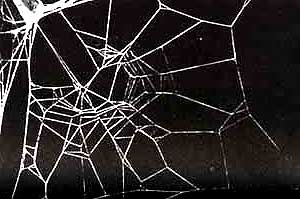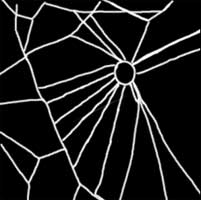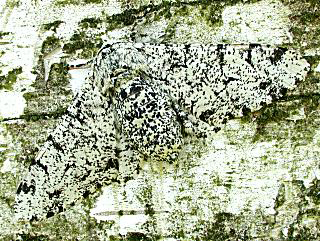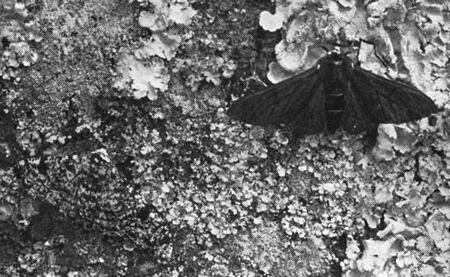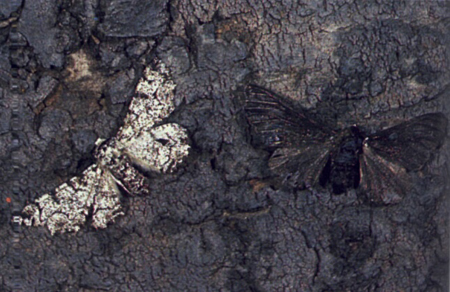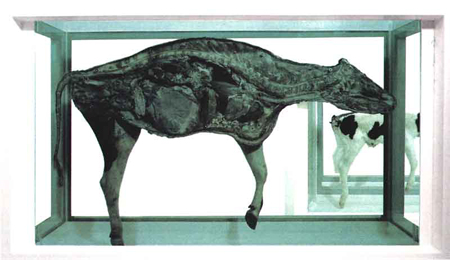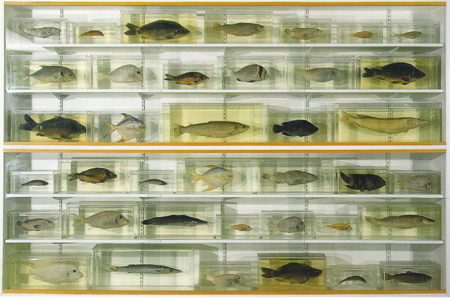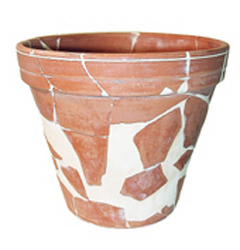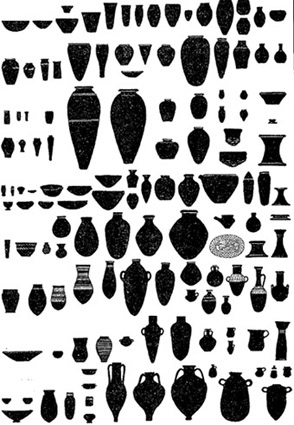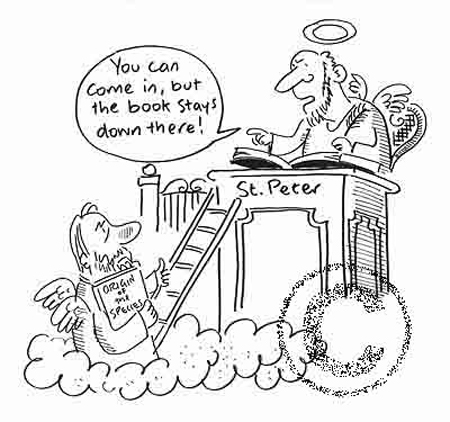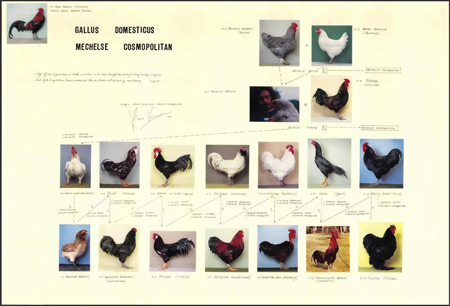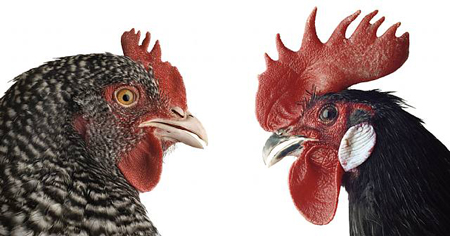Betty Chu
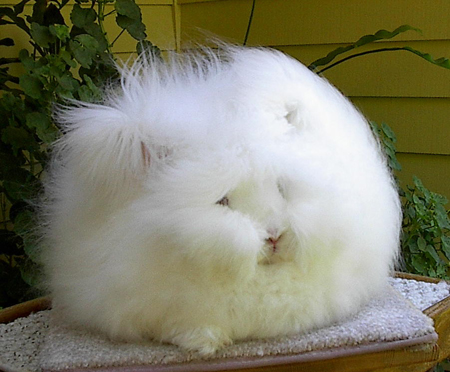
The color of rabbits is determined by 5 letters: A, B, C, D, E.
Wild rabbits carry color genetic make up of AABBCCDDEE which appear as chestnut agouti. Over thousands of years, mutations occured. In addition to all capital letters genes, some genes of lower letters and lower letters with subscripts show up. There are some rules to remember:
* The capital letter genes, in principle, are the dominant genes. The lower letter genes are recessive to the capital letter genes.
* A rabbit’s appearance is determined by the dominant gene, it may carry copies of recessive gene that we do not see.
* A sire and a dam with the appearances of all reccessive genes can not produce offsprings with dominant gene.
* The bunny will obtain one gene from the sire and one gene from the dam.
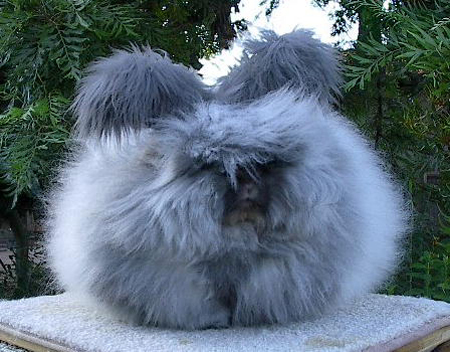
With the above in mind, I’ll discuss the ABCDE in 5 series, all the letter are arranged in the order of dominance.
1. A Series: determines Agouti (A) or non-agouti (at or a)
Chestnut Agouti picture of Chestnut Agouti
– A stands for Agouti: Since A is dominant, all agouti patterned rabbit carries at least one A gene. Examples of Agouti colors are: chestnut agouti, chocolate agouti, chinchilla, opal, fawn, etc.
– at stands for tan or marten pattern. Tan and marten pattern are not accepted in Angoras. It will not be discussed here.
– a stands for non-agouti: a is recessive to A, that means an Agouti patterned rabbit may carry a gene but a non-agouti rabbit will not carry A gene. Examples of non-agouti colors are: black, blue, chocolate, lilac, tort, blue tort, pearl, … etc.
2. B Series: determines Black (B) or brown (b)
– B stands for black. There are only two variations of black: black and blue. If a rabbit is a black or blue, the rabbit must carry at least a B. Whether it is a black or blue will be determined by the D series gene.
– b stands for brown. In Angora, we call it chocolate. There are two variations of chocolate: chocolate and lilac. If the rabbit is chocolate and lilac, the rabbit must carry two b genes. b is recessive to B, so a chocolate or lilac rabbit can not carry B. Whether the rabbit is chocolate of lilac will be determined by the D series gene.
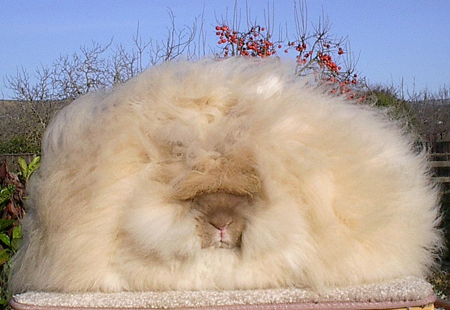
3. C Series: determines Colored (C), dark chin (cchd), sable (cchl), himi (ch) or Albino (c)
– C stands for colored: Most of the regularly colored rabbits carry C. If you see a black, chocolate, chestnut agouti, tort, …. rabbit, you can be sure it carries at least a C gene. C is dominant of cchd, cchl, ch, c. The second gene may be a C or any one of the four lower letters.
– cchd stands for dark chinchilla. Chinchilla is a colored rabbit but does not carry a C, sort of an exception to the rule. A special notation for the chin – gene is cchd, a chinchilla rabbit cannot carry C since cchd is recessive to the C gene. cchd is dominant of chl, ch and c, so the second letter to cchd may be cchd or any of cchl, ch and c. In order to get a chinchilla rabbit, it has to carry a A for agouti gene. If not, it may cause a non-agouti rabbit to have wrong eye color.
– cchl stands for light chinchilla. It is more correct to think of it as a sable gene. If a rabbit carries cchl and combines with A, the color of the chin is muddy with brownish, reddish tinge- a very poor chin color. However, the sable color needs a brownish reddish tinge. cchl is the gene which makes the right color. Sable requires non-agouti a to be combined with cchl. If the rabbit carries two cchl, in Angora breed, it is called dark sable. If one cchl with ch or c, it is a regular or light sable. Both cchd and cchl rabbits do not carry the true color gene C, so some of the eye colors tend to have a ruby glow.
– ch stands for himi or pointed white. ch gene covers the colors on the rabbit’s body and only allows the colors to show on the points. So the rabbit has all appearance of a white rabbit except the points. There is no color in the eyes. The eyes appeared to be pink, what we see is actually the blood vessals.
– c: stands for albino. The appearance of the rabbit is ruby eye white. The rabbit may carry any of the genes in A, B, D, E series, but the cc genes act like a white sheet covering all other characteristics of the color genes. c is the most recessive in the C series. Breeding two ruby eye white rabbits will result in nothing but ruby eye white.
4. D Series: determines Dense color (D) or dilute color (d)
– D stands for dense color. Black, chocolate, chestnut agouti are dense colors, the rabbit must carry at least one D gene.
– d stands for dilute color. Blue, lilac, opal are dilute colors, the rabbit must carry two dd genes.
5. E Series: Es, E, ej, e
– Es stands for steel. As a general rule, mutated genes are recessive to the original gene. Es is an exception to the rule. This is a mutation but takes dominance. Es acts differently from other genes – it modifies the color rather determines the color. I have not seen a steel English Angora in all my years of raising the breed. There are steel French and Satin Angoras. When combined with Agouti gene, it look like a very dark chestnut or wild grey agouti. The easy way to identify a steel is to look at the tummy. A chestnut or wild grey agouti has white or light color tummy, a steel has a dark tummy. When combined with a gene, it look like a black rabbit with brown hairs stick out – it is a disqualification.
– E stands for extension. When a rabbit carries at least one E gene, the color of the rabbit extends from base to tip. Black, blue, chocolate, lilac, chestnut agouti, opal, chinchilla, …. all of these rabbits has extended colors.
– ej stands for Japanese, not relevant to Angoras.
– e stands for non-extension. Tort, blue tort, choc. tort, lilac tort, fawn, cream, pearl, all these rabbits have something in common: they are colored rabbits but the body color is different or lighter than the point color. They all carry two copies of non-extension gene ee. As a result the true color of these rabbits are not extended to the body, only the points carry the true color. Example, a tort is a black rabbit whose black color is not extended over its body.
The above is a very simplified version of basic color genetics. I did not cover red which requires rufus gene, broken which requires En gene and blue eye white which requires vv gene.
If there are color genetics experts out there shaking their heads when reading this article, please excuse me. Over the years, I found out that if I tried to use all the big and correct words in genetics to explain the basics, I got lost and most people got lost. When I use this method, I was able to help many of my fellow breeders to understand the basics and got interested in mapping out the color genetics of their own herd.
